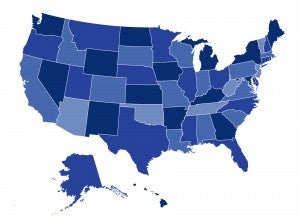State Efforts to Lower Cost-Sharing Barriers to Health Care for the Privately Insured

Current federal proposals to replace the Affordable Care Act are likely to result in higher out-of-pocket costs for consumers. Six states and D.C., however, have policies to lower cost-sharing barriers to important health care services and drugs for the privately insured. In a new research brief, CHIR researchers take a closer look at some of these states’ experiences developing and implementing these policies.



